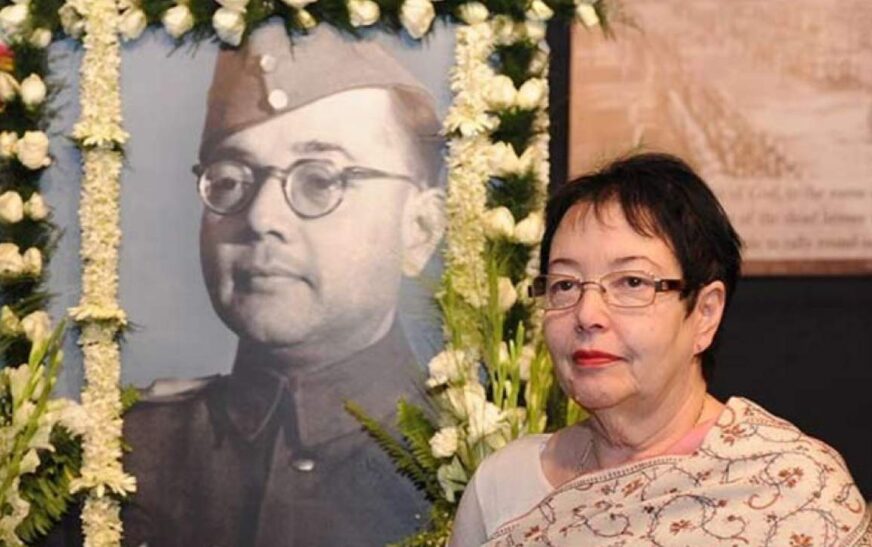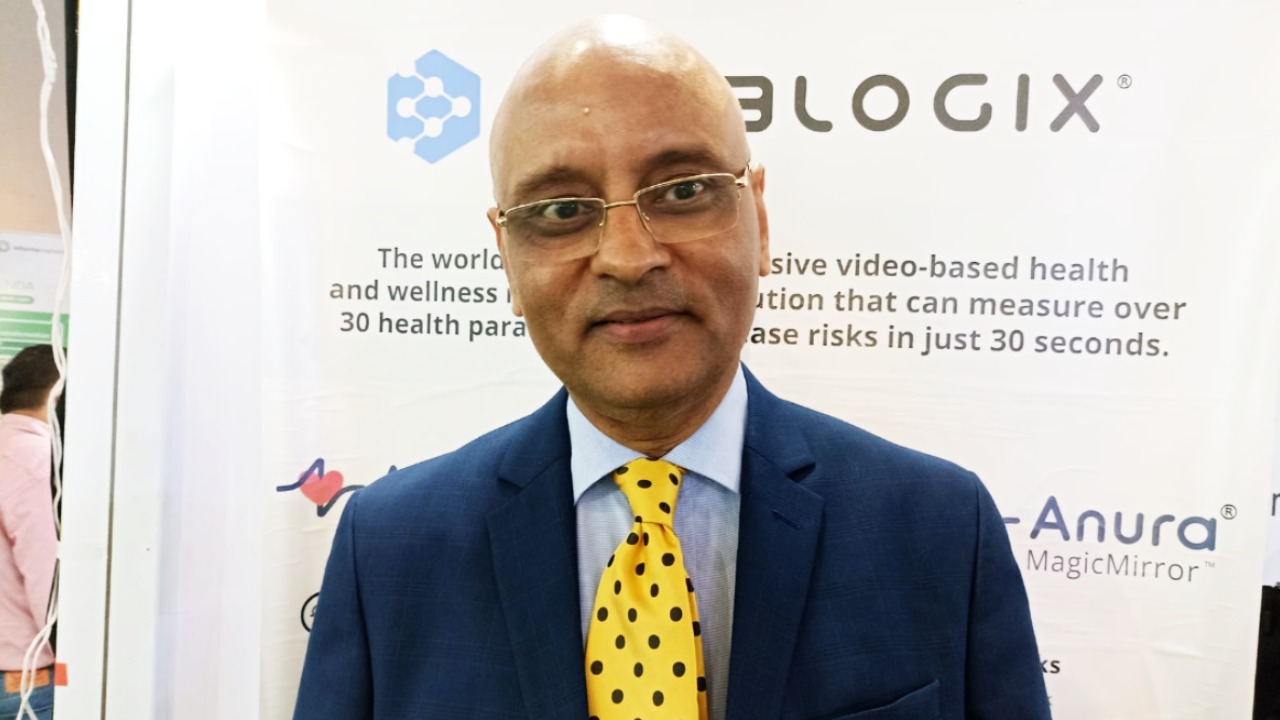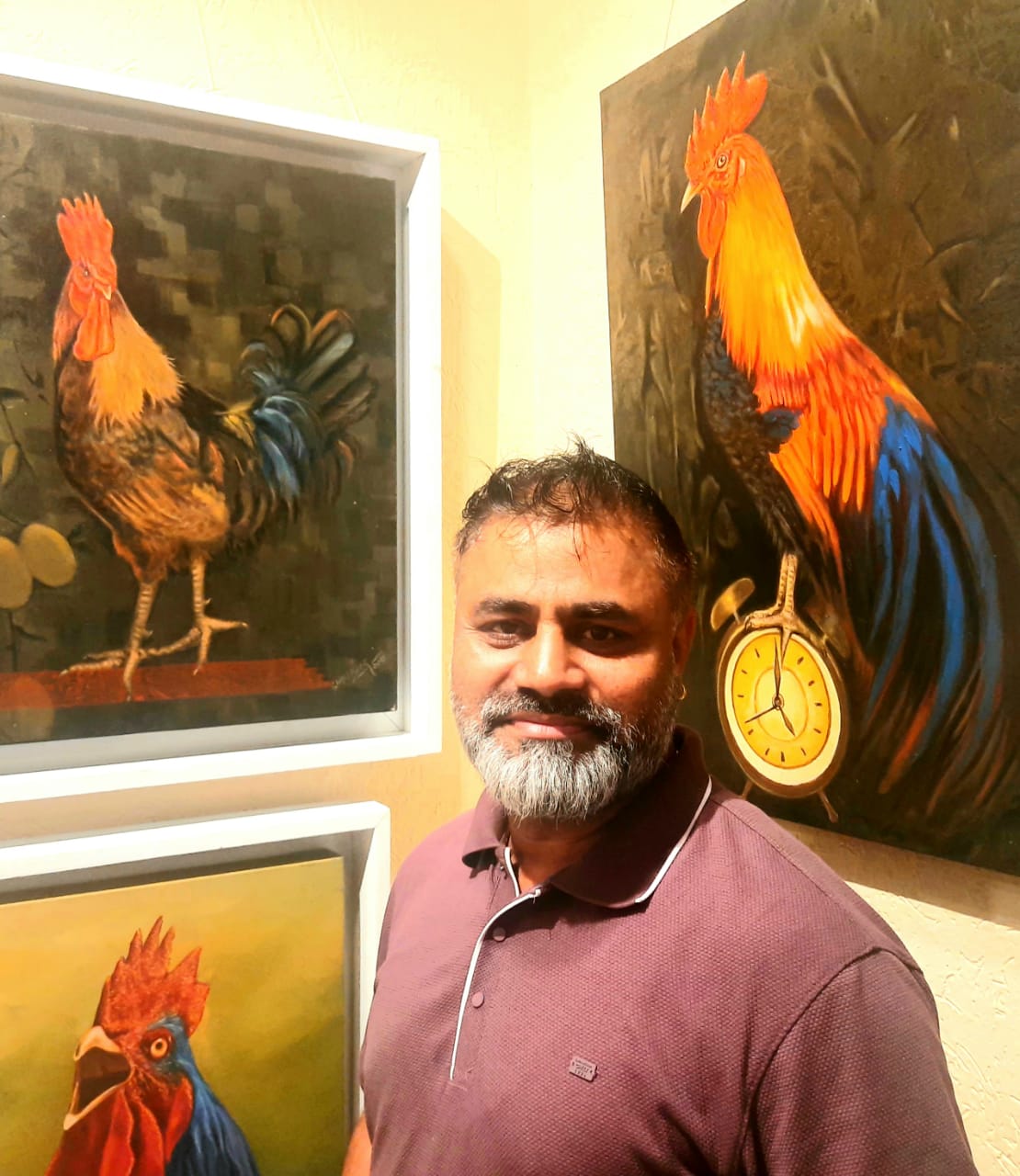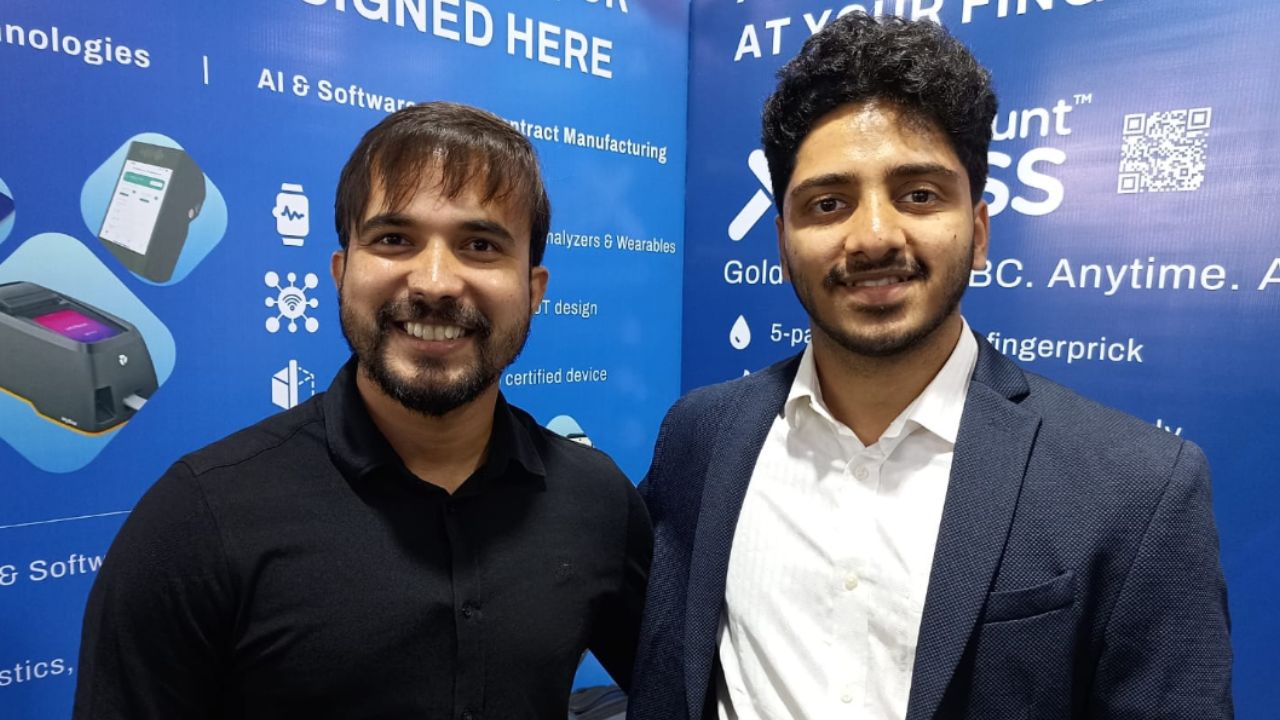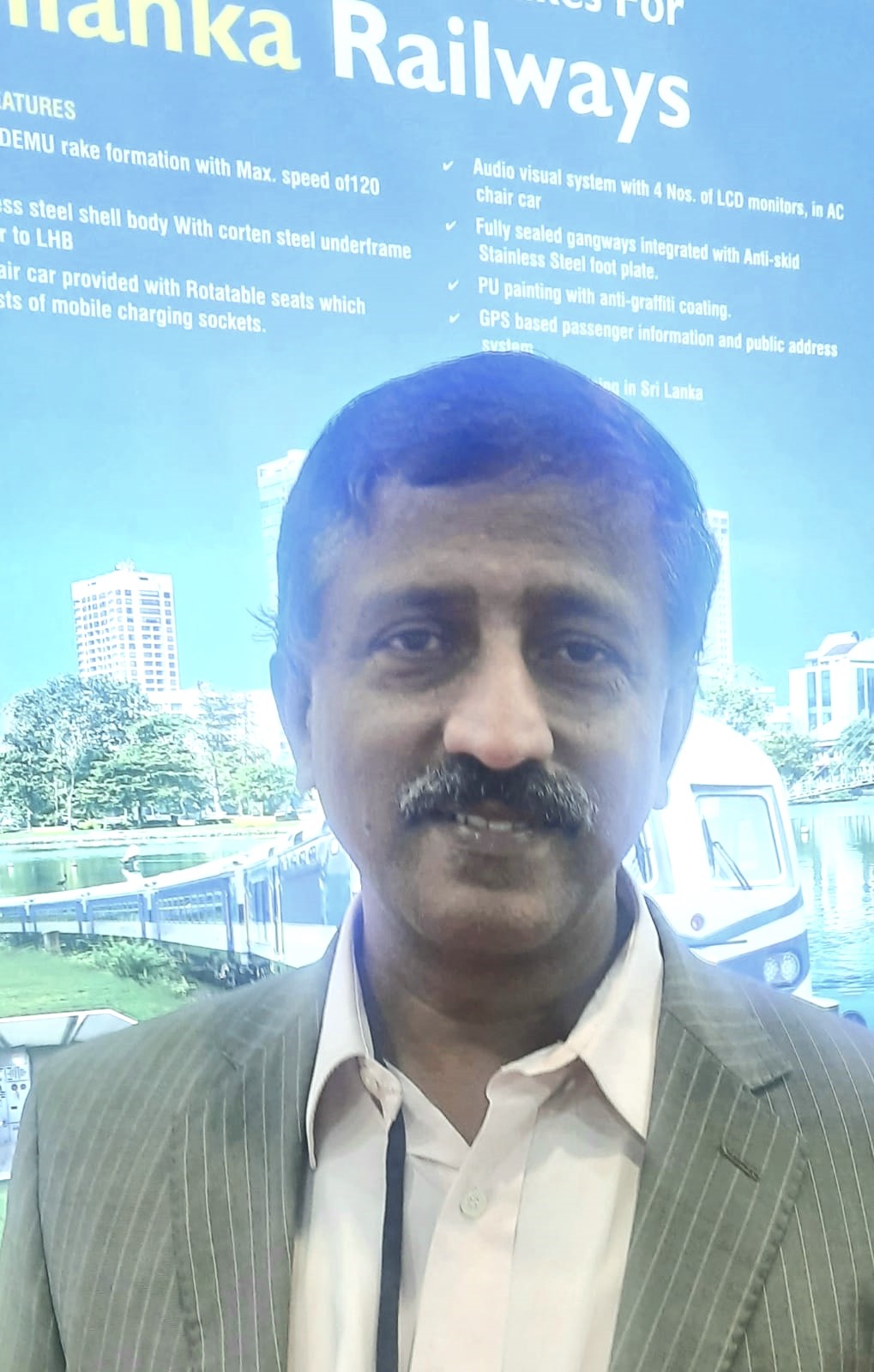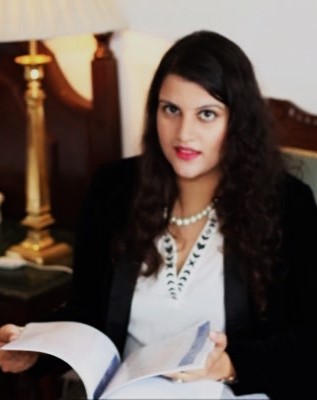On the 128th birth anniversary of Netaji Subhas Chandra Bose, we honour the unyielding determination and indomitable spirit of one of India’s most iconic freedom fighters. Born on January 23, 1897, Netaji stood apart as a visionary leader, driven by an unwavering commitment to India’s liberation from colonial rule. His electrifying call, “Give me blood, and I shall give you freedom,” stirred millions, igniting a fierce resolve to fight for their motherland’s sovereignty.
Netaji’s leadership of the Indian National Army (INA) showcased his strategic brilliance and relentless pursuit of independence. Despite facing formidable challenges from British forces and internal divisions, he championed the ideals of unity, self-reliance, and patriotism. His vision for an inclusive India, relentless efforts to forge international alliances, and steadfast rejection of foreign domination laid a strong foundation for the nation’s post-independence journey.
As we commemorate his birth anniversary at The Interview World, we must go beyond remembering his legacy—we must embody his courage, determination, and belief in India’s boundless potential. Netaji’s vision continues to shine as a guiding light, reminding us that true independence stems not only from political freedom but also from the strength of a united, resilient, and progressive nation.
What better tribute to Netaji than engaging with his daughter, Dr. Anita Bose Pfaff, in an exclusive conversation with Anand Vardhan Singh. Dr. Anita Bose Pfaff reflects on Netaji’s enduring legacy and its profound relevance to India’s journey toward independence and resilience. She also offers thought-provoking insights into how Netaji’s vision could address today’s economic inequalities. Furthermore, she discusses the shifting focus of societies from economics to religion, offering a unique perspective on this transformation.
Here are the key takeaways from this illuminating conversation, which sheds light on the timeless relevance of Netaji’s ideals and their implications for the challenges of our time.
Q: With 2025 marking 100 years since Netaji’s arrest and imprisonment in Mandalay, how do you reflect on his legacy and its significance for India’s journey toward independence and resilience?
A: Netaji was undoubtedly one of the most prominent freedom fighters of India’s Independence struggle. While his name stands out among the many who fought for the nation’s liberation, it is crucial to remember that his legacy was built on the collective strength of countless men and women who sacrificed alongside him. As Netaji himself once acknowledged, his followers were nothing without him, but equally, he was nothing without them.
Today, as we honour his contributions, let us also pay tribute to the unnamed heroes—those men and women whose faces and stories we may not know, yet whose sacrifices were no less significant. It is heartening that India continues to remember and cherish the bravery and selflessness of these individuals who gave so much for the nation’s freedom.
Many, like Netaji, gave their lives for the cause. Their sacrifices carry lessons that remain deeply relevant today. Each of us, in our own way, has the ability to contribute to the well-being of our fellow citizens. Whether great or small, every effort matters. Their example reminds us that building a better nation is a collective responsibility—one that endures across generations.
Q: In October 1925, Netaji planned a Durga Puja in Mandalay, demanded a grant from the government for religious equality, and resorted to fasting when denied. How do you view this Gandhian approach by Netaji during that period?
A: Netaji and Gandhiji shared the same ultimate goal—India’s independence—but their approaches diverged sharply. At the time, Netaji was a young man filled with radical zeal, while Gandhiji, a generation older, commanded widespread appeal across India through his philosophy of nonviolence. Naturally, younger individuals often gravitate toward more revolutionary ideas, and this dynamic played out in Netaji’s decision to align himself with Chittaranjan Das in Bengal. Unlike the Civil Disobedience movement led by Gandhiji, Das and his group pursued more radical means, even at the risk of imprisonment.
Gandhiji’s unwavering commitment to nonviolence was non-negotiable. For him, the means were as critical as the end, and he firmly believed that freedom must be achieved without bloodshed. In contrast, Netaji believed that the end justified the means. For him, the liberation of India was paramount—even if it required taking up arms. Chittaranjan Das, a mentor to Netaji, sympathized with this more militant stance, fostering a group of young nationalists who shared this perspective.
While their methods differed, neither Netaji nor Gandhiji envisioned a future dominated by military or authoritarian rule. They were united in their goal of establishing a free and democratic India. The distinction lay in their strategies—Gandhiji’s uncompromising adherence to nonviolence versus Netaji’s readiness to oppose British rule by any means necessary.
This divergence became even more pronounced during World War II. Some Indian leaders chose to cooperate with Britain in its fight against the fascist Axis Powers, seeing it as a necessary compromise. For Netaji, however, opposition to British imperialism was absolute and non-negotiable. He refused to support Britain under any circumstances, believing that colonial domination could not coexist with the freedom he envisioned for India.
Ultimately, the freedom struggle was shaped by a mosaic of perspectives and strategies. Gandhiji’s nonviolence and Netaji’s militancy were different facets of the same overarching objective—a free India. Their contrasting methods reflect the diversity of thought and determination that defined India’s fight for independence.
Q: As an economist and professor, do you feel the global economy leans excessively towards capitalism, exacerbating inequalities, especially in India? How might Netaji have addressed such disparities?
A: Inequality in wealth, income, education, and access to opportunities remains a pervasive issue across the world. While this reality is deeply disappointing, it highlights a glaring paradox. Many groups, particularly those on the left of the political spectrum, prioritize reducing inequality as a fundamental goal. However, the practical outcomes paint a grim picture: inequality has only widened across nations. Even as the number of wealthy individuals increases, so does the population of those left in poverty.
Economists, despite their theoretical frameworks, have made limited progress in addressing this imbalance. This failure is both frustrating and disheartening. However, one might consider whether even a leader like Netaji, had he been an active politician post-Independence, could have tackled this challenge effectively. Faced with the same systemic complexities, he might have found himself as constrained and as helpless as today’s politicians in mitigating the ever-growing chasm of inequality.
Q: How can the global shift toward prioritizing religious identity over economic concerns, even at the cost of livelihoods, be addressed, especially in nations like India? What’s your perspective as an economist?
A: I am not convinced that religion has become more important than economic conditions worldwide. In many cases, the poor cling to religion as a source of hope and stability. However, religion plays a dual role—both constructive and destructive. On the positive side, it shapes personal identity and values. On the negative side, it can fuel violence, hatred, and division when misused.
My father exemplified how religion can inspire unity rather than discord. Despite being deeply religious—evident in his desire to observe Durga Puja even while in prison—he firmly believed in respecting all religions. This was not just an abstract ideal for him; he practiced it actively during the Independence movement, whether in Germany, India, or the Far East. His commitment to interfaith respect offers a powerful lesson for us today.
While religion provides identity and strength to many, we must ensure it never becomes a tool for division or harm. Instead, it should serve as a bridge that unites rather than a weapon that divides.
Q: Why did Netaji Subhas Chandra Bose choose to name the brigades after leaders like Gandhi and Nehru, rather than historical figures such as Shivaji or Maharaja Ranjit Singh?
A: Gandhi and Nehru were leading figures in the freedom struggle, while Shivaji belonged to a different era. Many people view Gandhiji and my father as opposites, but that perception is misleading. In reality, my father deeply admired Gandhiji and was the one who coined the title “Father of the Nation” for him. However, their relationship in the 1930s was marked by tension. Gandhiji, accustomed to unquestioned adherence to his guidance, saw my father as the rebellious son who often charted his own path.
Despite this, their mutual respect grew over time. Gandhiji came to recognize my father as a fellow patriot, equally committed to the fight for India’s independence. Toward the end of his life, when Congress leaders no longer heeded his advice—particularly on his opposition to Partition—Gandhiji likely appreciated my father’s unwavering dedication to the cause even more. Unlike many Congress leaders, including Nehru, who deferred to Gandhi’s wishes even on contentious issues, my father stood firm when he believed a decision conflicted with his vision for the independence struggle. This independence of thought highlighted not defiance, but his unshakeable commitment to India’s freedom.


